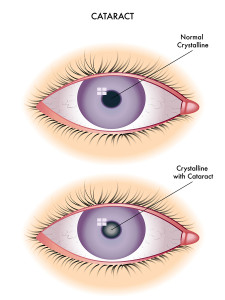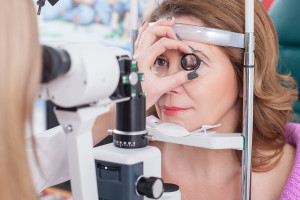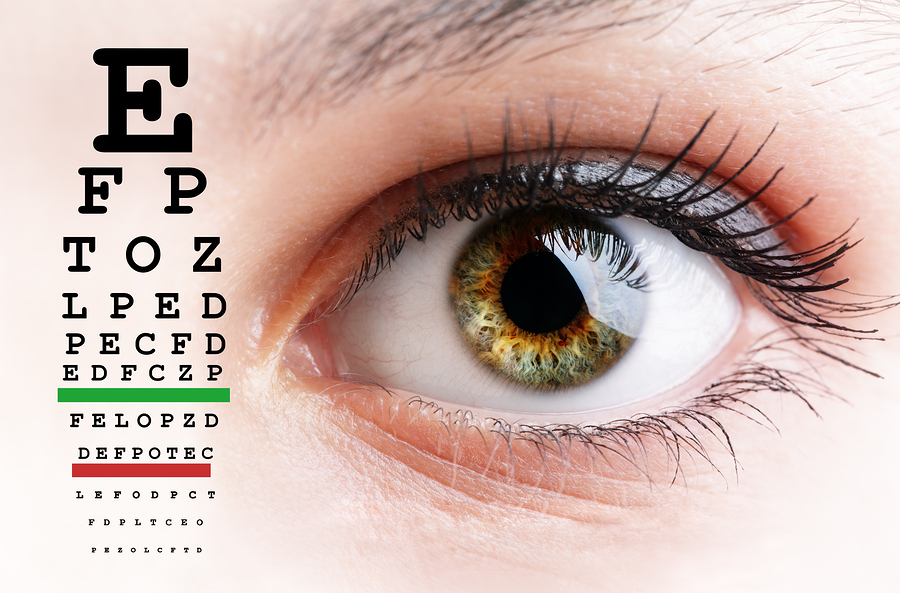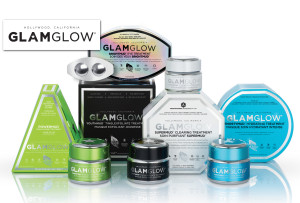From an early age I discovered that my eyesight wasn’t 100%, and as the saying goes, “hindsight is 20/20”. Knowing now what I should have known then could have helped me out in my youth to protect my eyesight and promote healthy habits. But I am not one to dwell on the past, and as I creep into my 40’s one thing I truly care about is making sure I can enjoy all the wonderful colors and shapes that this world has to offer. So what are some of the best practices for promoting healthy eyesight after 40? As it turns out, they are just about the same best practices to be used at any age, which means not only can I help maintain my current eyesight, but I can practice the right exercises to continue the protection of this precious sense for years to come.
Causes for Failed Eye Sight
These causes are a result of many things, including long periods of staring at a computer, general health problems, poor diet, hereditary causes and much more.  If you are suffering from one or more of these vision problems, I encourage you to talk to your doctor and investigate further.
If you are suffering from one or more of these vision problems, I encourage you to talk to your doctor and investigate further.
- Presbyopia – Having trouble focusing on close objects.. This becomes more common after your 40’s.
- Cataracts – Trouble seeing at nighttime, cloudiness over the eyes, halos around lights, and glare sensitivity. More common in the elderly age group.

- Glaucoma – the increase of eye pressure, often painless, will develop poor night vision, blind spots, and potential loss of vision in one eye .Note: Glaucoma can also happen suddenly, in which case immediate medical attention is advised.
- Macular Degeneration – Trouble focusing on your central vision, blurred vision (typically when reading), distortion of lines, and faded colors. Commonly reported by those over the age of 60.
- Retinal Detachment – Seeing “floaters”, sparks or flashes of light, or a sensation of shade covering portions of your visual field.
- Optic Neuritis – Infection of the optic nerve resulting in inflammation or multiple sclerosis. It is reported that patients suffering from this cause have claimed to feel pain when moving their eye or touching the eye itself through their eye lid.
- Temporal Arteritis – The inflammation of an artery in the brain that supplies blood to the optic nerve.
Ways to Protect Eye Sight
- Diet – One of the easiest ways to make sure your body has the support and nutrients it needs to promote healthy sight is to make sure your diet contains omega-3 fatty acids, lutein, zinc, Vitamin C and E.
- Eye Safety Glasses – While this one seems like a no brainer, I see so many people working out in the sun without a hat, or sun glasses. In addition, having the proper eye protection for hazardous work environments such as welding, construction, and other professions are highly recommended.
- Technology Breaks – I am completely guilty of this next rule, and most of the time I find myself looking at my computer screen for hours on end. One thing to keep in mind is that if you are working in an office environment, then take a break when you can. At the very least, look up past your screen and off into the distance to give your eyes a break from the near sighted strain when working.
- Mindfulness – Being aware of your body and eyesight is another important factor when protecting your vision. If you are suffering from headaches, blurred vision, or other symptoms, report those issues to your doctor.

- Frequent Checkups – An easy and often times avoided step in protecting your eyesight. Most experts recommended that we get our eyes examined every 12 to 18 months. Specifically those over the age of 35, and anyone who wears corrective lenses.








Leave a Reply